Expert-Guided Backcountry Fishing in New Smyrna
- Published Date: October 22, 2025
- Fishing
- New Smyrna Beach
- $200 - $850 price range
Summary
%2F%2Fusers%2F6d940fd0-7847-41ad-9610-a77b5347a374%2Fratecard%2F550755151_122122940156957804_2103433893154657323_n-mgzt1btw.jpg&w=1200&q=75)
Inshore Catch of the Day


Reel in the Action: New Smyrna Beach Backwater
Hey there, fellow anglers! Ready to hit the flats and tangle with some of Florida's finest inshore species? Our half-day backcountry fishing trip in New Smyrna Beach is just the ticket. We're talking prime morning hours when the fish are hungry and the water's calm. Whether you're a seasoned pro or it's your first time wetting a line, we've got you covered with everything you need for a solid four hours of non-stop action.
What's the Deal?
Picture this: You're gliding through pristine backwaters, mangroves lining the shore, and your line's in the water before the sun's fully up. That's how we roll on this trip. We're targeting the big three - snook, redfish, and trout - but don't be surprised if a tarpon crashes the party or a flounder decides to join in. It's all hands on deck as we hit the honey holes, switching up tactics to match what the fish are in the mood for. And hey, no worries if you're new to this - we'll have you casting like a pro in no time.
Fishing the Flats
Alright, let's talk shop. We're working these shallow waters with light tackle, so get ready for some heart-pounding action when a big red decides to take your bait. We'll be throwing live bait, but if you're into artificial lures, we've got a tackle box full of local favorites. Sight fishing is the name of the game here - nothing beats the rush of spotting a tailing redfish and placing that perfect cast. And when the tide's right, we'll hit the oyster bars where the snook love to ambush their prey. It's all about reading the water and making that presentation count.
Species You'll Want to Hook
Snook: These bad boys are the rock stars of inshore fishing. Known for their explosive strikes and acrobatic jumps, snook will test your skills and your gear. They love to hang around structure, so we'll be pitching baits close to mangroves and docks. The biggest ones, we call 'em "gator trout," can top 40 inches and put up a fight you'll be talking about for years.
Redfish: Ah, the bulldogs of the flats. Redfish, or red drum if you're feeling fancy, are pound-for-pound some of the hardest fighting fish in these waters. We target 'em year-round, but fall is prime time when they school up for their spawn. Look for that characteristic spot on the tail, and get ready for some serious pulling when you hook into a big one.
Spotted Seatrout: These guys are the bread and butter of inshore fishing. Trout might not have the size of a snook or the power of a red, but they make up for it in numbers and taste. We'll drift over grass flats, working soft plastics or live shrimp. The "gator" trout, those over 20 inches, are the ones that'll really get your heart racing.
Tarpon: Now, if you're lucky enough to hook into one of these silver kings, hold onto your hat. Tarpon are like hooking into a Harley Davidson - they're big, they're fast, and they love to jump. We don't target them specifically on this trip, but if one decides to crash the party, you're in for the fight of your life.
Flounder: These flatfish might not look like much, but they're ambush predators with a serious appetite. We'll work the sandy bottoms near structure, and when you feel that distinctive "thump," it's game on. And let me tell you, there's nothing quite like a fresh flounder for dinner.
Why Anglers Keep Coming Back
Look, I could go on all day about the fish, but it's more than that. It's about that moment when the sun's coming up, and the water's like glass. It's about the osprey diving for its breakfast while you're reeling in yours. It's about the stories, the laughs, and yeah, maybe a little friendly competition to see who lands the biggest catch of the day. We provide everything you need - rods, reels, bait, license, even cold water to keep you hydrated. All you need to bring is your sense of adventure and maybe a lucky hat.
Time to Book Your Spot
So, what do you say? Ready to experience some of the best inshore fishing Florida has to offer? Our New Smyrna Beach backwater trip is calling your name. We've got room for up to four anglers, so grab your buddies or bring the family. And hey, when we get back to the dock, we'll even clean your catch for you. All you've got to do is fire up the grill and get ready for the freshest fish dinner of your life. Don't let this chance slip away - the fish are biting, and your spot on the boat is waiting. Let's make some memories on the water!
Learn more about the species
Redfish
Redfish, or red drum, are the bulldogs of our flats. These copper-colored fish, known for the black spot near their tail, typically range from 18-27 inches in the backcountry, with larger bulls found offshore. Look for them tailing in shallow water, often less than 2 feet deep, around oyster bars and mangroves. Fall is prime time as they school up for spawning. Anglers love reds for their powerful fights and excellent table fare. When targeting them, stealth is key - they spook easily in shallow water. Try gold spoons, soft plastics, or cut bait like mullet or ladyfish. My local trick: watch for pushes or wakes in shallow water, especially on calm days. These are often redfish cruising for food. Cast well ahead of their path and slowly retrieve your bait across their line of travel for best results.
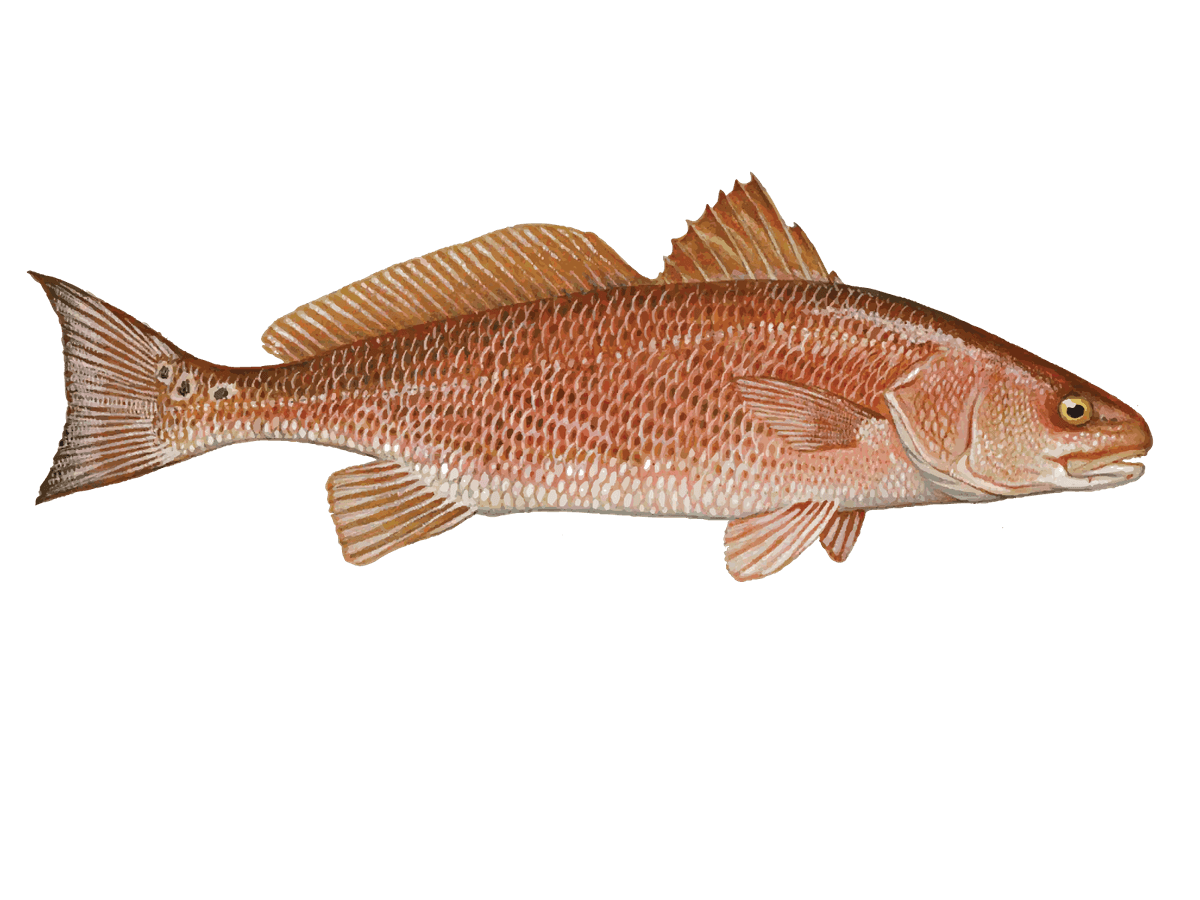
Sea Trout
Spotted Seatrout, or "specks," are a staple in our backcountry fishing. These silvery, spotted fish typically run 14-20 inches, with gator trout pushing 24 inches or more. You'll find them over grass flats and around oyster bars, often in 2-4 feet of water. They're active year-round, but fall and spring offer the best action as water temperatures are ideal. Trout are popular for their willingness to bite and tasty, flaky meat. When targeting them, try a popping cork rig with live shrimp or soft plastics. Work it with sharp jerks to create noise - trout are attracted to the commotion. My local tip: focus on depth changes and potholes in grass flats. Trout often hang on these edges, ambushing bait as it moves with the tide. A well-placed cast to these spots can yield quick strikes.
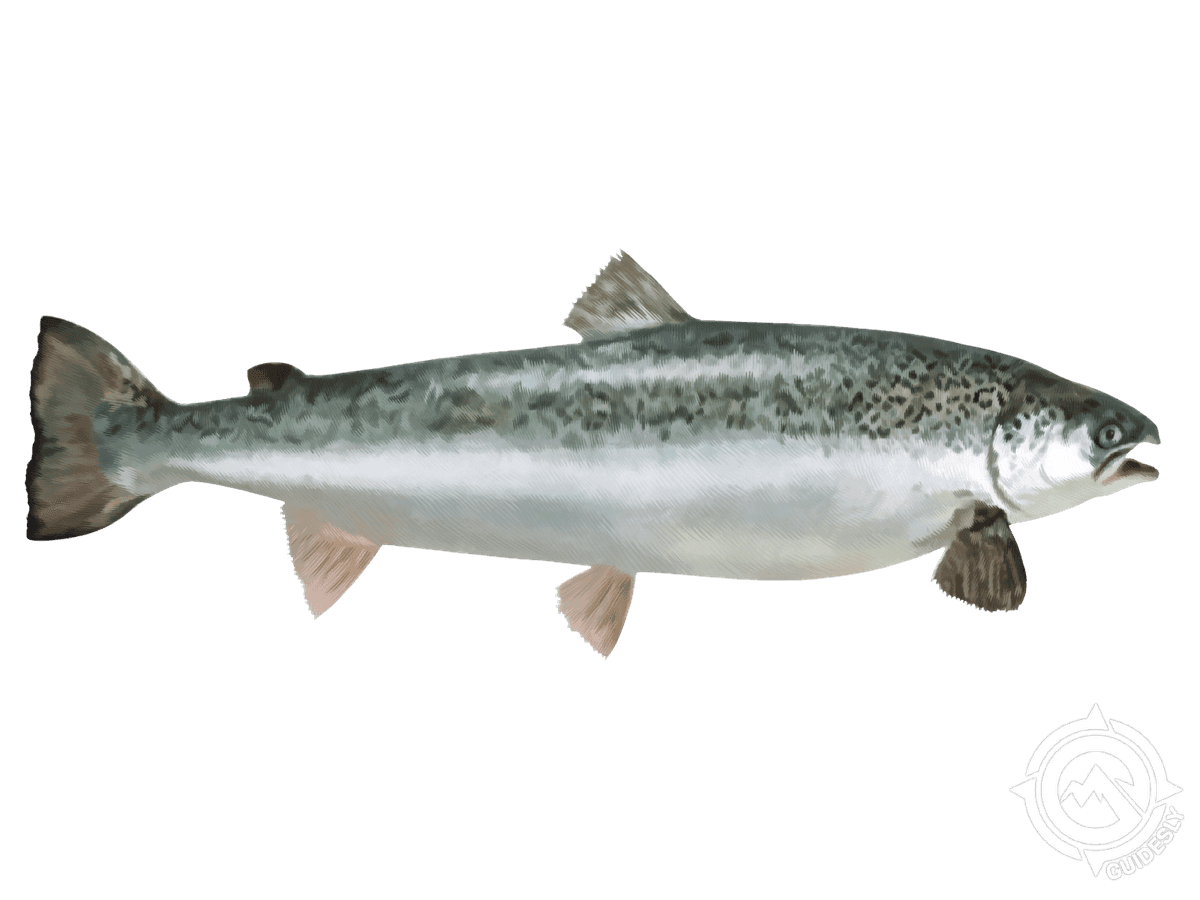
Snook
Snook are the prize of our backwaters, with their distinctive black lateral line and protruding lower jaw. These ambush predators typically range from 24-34 inches, though trophy fish can exceed 40 inches. Look for them around mangroves, docks, and bridge pilings, especially during incoming tides. Spring and fall are peak seasons as they move between backcountry and coastal waters. Anglers love snook for their explosive strikes and acrobatic fights. They're also excellent table fare, though heavily regulated. When targeting snook, accuracy is key - they won't chase far. Try live bait like mullet or pinfish, or lures that mimic their prey. My local tip: focus on shadow lines during bright days. Snook often lurk just inside these shaded areas, waiting to ambush passing bait. Cast parallel to the shadows for best results.
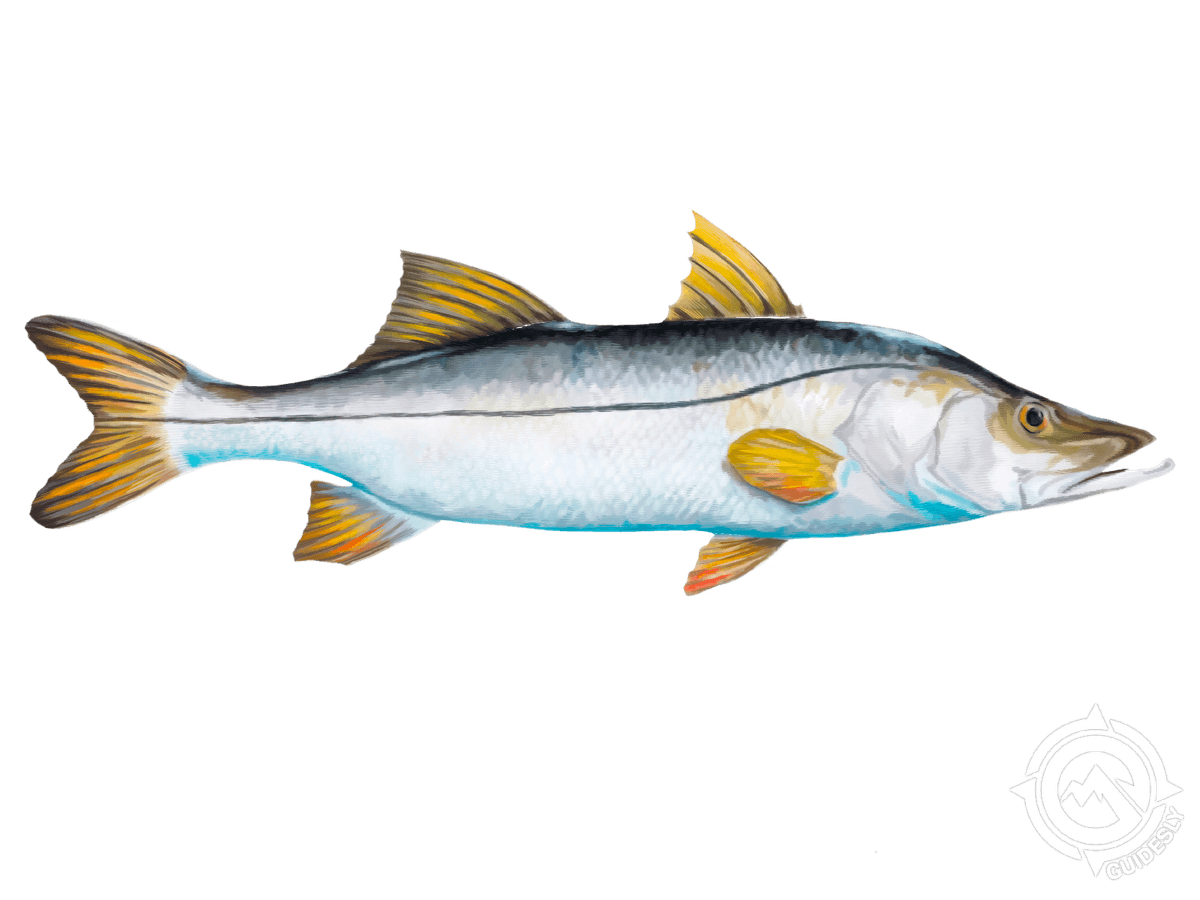
Southern Flounder
Southern Flounder are masters of camouflage, blending into sandy or muddy bottoms in our shallow coastal waters. These flat, oval-shaped fish typically run 15-18 inches long, with some reaching up to 33 inches. You'll find them in bays, estuaries, and inlets, often buried in the substrate waiting to ambush prey. Late fall and early winter are prime times as they move to deeper waters to spawn. Anglers love targeting flounder for their delicate, white meat and the challenge of detecting their subtle bites. When fishing for them, use a slow retrieve with live bait or soft plastics, dragging it along the bottom. My go-to trick is to let the bait sit still for a few seconds when you feel a tap - flounder often grab prey and hold it before fully committing. This pause gives them time to take the bait, increasing your hook-up rate.
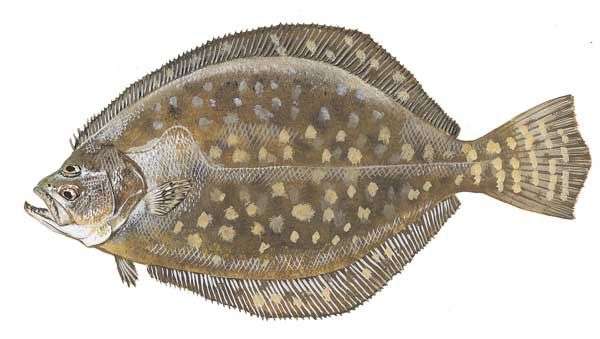
Tarpon
Tarpon, the "silver king," are the ultimate gamefish in our waters. These prehistoric beasts can reach 8 feet and 280 pounds, though 80-100 pounders are more common. You'll find them rolling in deeper channels and basins, or cruising the flats on high tides. Spring and early summer are prime, as migrating schools move through. Anglers chase tarpon for their spectacular aerial displays and sheer power - landing one is a true feat. They're not eaten, so it's all about the thrill of the fight. When targeting tarpon, stealth is crucial. Use heavy tackle - 50-80 pound test - and be ready for long runs. Live bait like mullet or crabs works well, as do large flies and swim baits. Here's a local secret: watch for frigatebirds. They often follow tarpon schools, giving away their location even when the fish aren't showing.
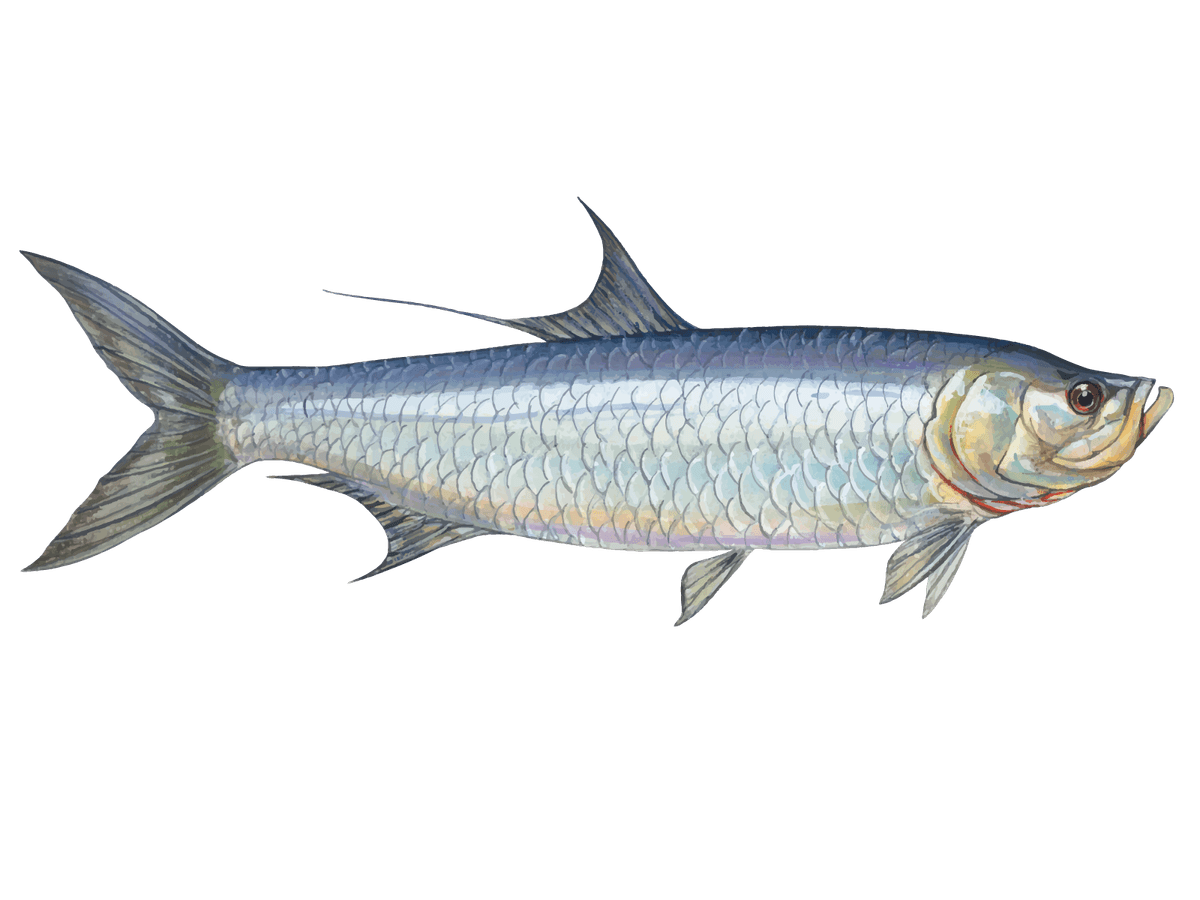
About the Florida Man
%2F%2Fusers%2F6d940fd0-7847-41ad-9610-a77b5347a374%2Fvehicle_picture%2F4afcfd6de7345d7fcf901c6a14c326b2-mgzrj7v0.jpg&w=1200&q=75)
Vehicle Guest Capacity: 4
Manufacturer Name: Yamaha
Maximum Cruising Speed: 40
Number of Engines: 1
Horsepower per Engine: 150
%2Ffit-in%2F250x250%2Fguide_websites%2F56024%2Fimages%2F1761013262136522215954_122096191994957804_6694422781310958316_n.jpg&w=1200&q=100)
%2Fusers%2F6d940fd0-7847-41ad-9610-a77b5347a374%2Fimages%2Fsix-crevalle-jacks-new-smyrna-2811.jpg&w=768&q=75)
%2Fusers%2F6d940fd0-7847-41ad-9610-a77b5347a374%2Fimages%2Ffive-fish-florida-fishing-2619.jpg&w=768&q=75)
%2Fusers%2F6d940fd0-7847-41ad-9610-a77b5347a374%2Fimages%2Fredfish-catch-florida-2679.jpg&w=768&q=75)
%2Fusers%2F6d940fd0-7847-41ad-9610-a77b5347a374%2Fimages%2Fnew-smyrna-beach-fishing-2395.jpg&w=768&q=75)
%2Fusers%2F6d940fd0-7847-41ad-9610-a77b5347a374%2Fimages%2Fgreat-catch-florida-2588.jpg&w=768&q=75)
%2Fusers%2F6d940fd0-7847-41ad-9610-a77b5347a374%2Fimages%2Ffishing-adventure-florida-2597.jpg&w=768&q=75)
%2Fusers%2F6d940fd0-7847-41ad-9610-a77b5347a374%2Fimages%2Fbest-great-fishing-florida-2676.jpg&w=768&q=75)
%2Fusers%2F6d940fd0-7847-41ad-9610-a77b5347a374%2Fimages%2Fangler-fishing-new-smyrna-beach-2596.jpg&w=768&q=75)
%2Fusers%2F6d940fd0-7847-41ad-9610-a77b5347a374%2Fimages%2Fsnook-new-smyrna-beach-2667.jpg&w=768&q=75)
%2Fusers%2F6d940fd0-7847-41ad-9610-a77b5347a374%2Fimages%2Ffishing-in-florida-2698.jpg&w=768&q=75)
